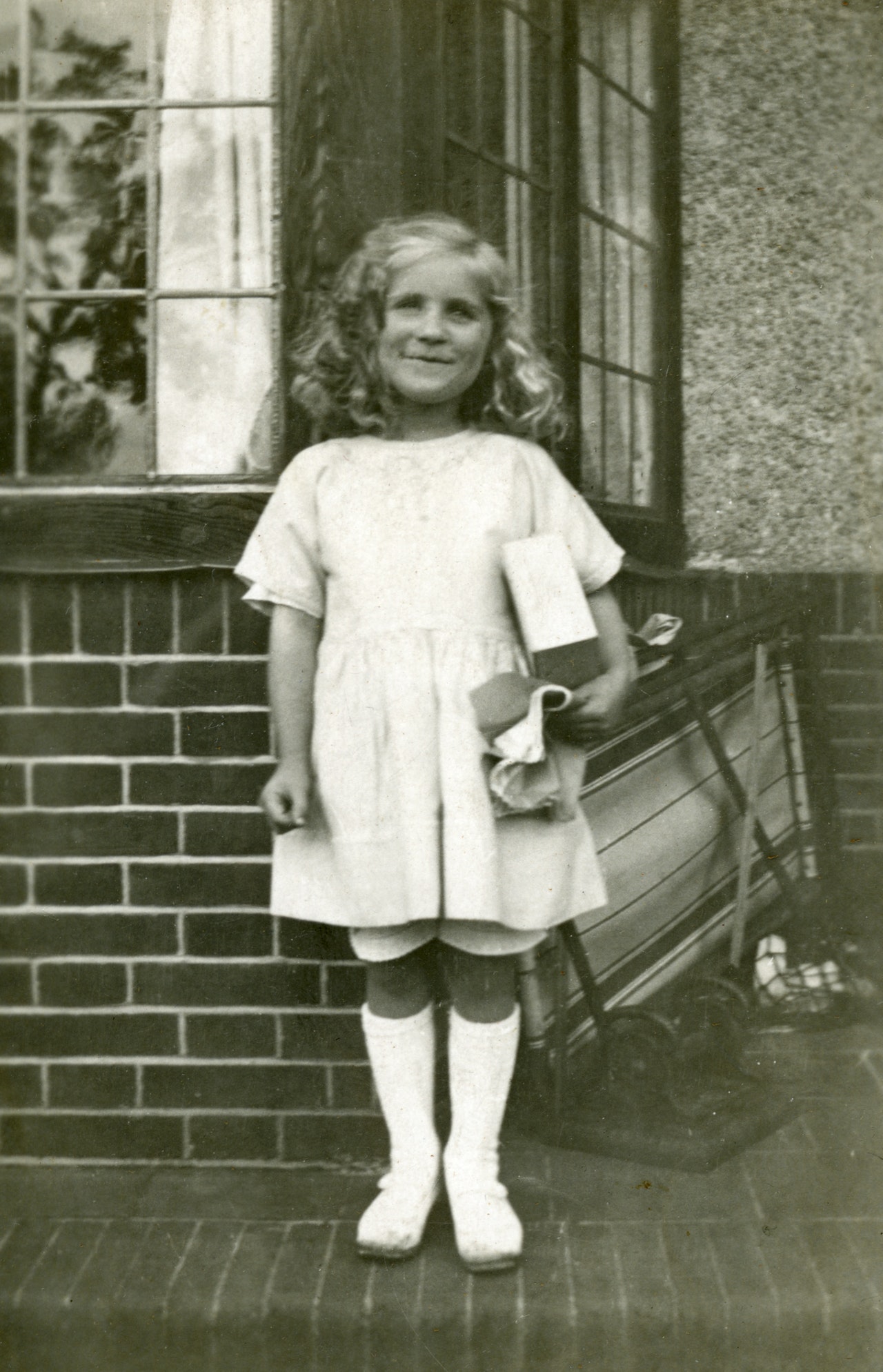Compassionate Hearts Fired Up
If your kids have been vulnerably exposed to first-world materialistic messaging on TV, where their young minds sop up the consumerism, they are likely pestering you with endless requests for toys, video games, dolls, and the like.
Added to this is their talk and envy of what other kids have. Are you rearing some young consumers who continually compare what they have and don’t have? Has selfishness become central to who they are?
If the answer is “yes,” then it’s time to cultivate some wholesome values into your children, like the principles of sharing, compassionate giving, and empathy.
Not sure what would work to have your children be less selfish and more community oriented? Fear not, this article recommends some actionable projects you can do to successfully introduce them to the world of child philanthropism.
The Three-Jar Allowance Idea
One surefire way to convey the importance of giving and saving to our kids is to split their allowance money among three jars, each for spending, saving, and donating. This allowance project resonates wonderfully with children of all ages, even teenagers, and has them continually pondering the future of all three jars. The project teaches them principles of money management and how to offset their desires with patience.
At a time of our choosing, maybe every six months or so, we should sit down and talk with our children about the “donation jar” and help them select a nonprofit recipient for the money. As a baby steps into charitable giving, have them undertake the research necessary to find a local charity they love. Later, we, the parent, should work to confirm whether the charity would be happy to receive hand-delivered, kid-to-charity donations. This can lead to an unforgettable experience for the entire family.
For example, if our kids like animals, the local animal charity they find on the Internet may be prompted to return the “cute” act of the hand-delivered donation described above with a thrilling tour of the facility, a playful introduction to staff members, a “super cool” chance to pat the animals, and more. We just need to be sure to make the proper arrangements with the nonprofit to secure the “fun-family-day-at-the-charity” for our kids.
Sometime after the visit, it would be smart to offer our young ones a “cash match” to donation jar money in exchange for any actionable steps they take to assist local charitable causes. The more steps they take, the more we should match the donation jar money. Rewarding their mini-work steps this way will further help them understand the value of working to fill their donation jar, a critical notion to being charitable. Indeed, with each new “cash match” we offer, money management skills are nurtured and philanthropic soul stirrings, triggered, for the good of our family.
After all, the harder they work to fill the donation jar, the sooner they’ll have another repeat experience of visiting a fun, local charity and seeing how their jar of money can help the unhappy and underprivileged.
Family Community Service
Spending family leisure time volunteering is a great way to deepen philanthropic values in both kids and parents. Start locally in your neighborhood by volunteering at the local geriatric center, or picking up litter at your local beach, or encouraging neighborhood children to art-paint an ugly street wall.
If our goal is to connect to the larger community, we can do food prep at a soup kitchen, or organize fundraising drives at a park. If we’re uncertain as to what we may do together as a family, we can find a family volunteering opportunity through our local community center, or approach one of the hundreds of volunteer centers across the United States that work to match families with heart-centered community service projects.
Be sure your family can pledge a significant amount of time. Volunteer centers dislike spending their resources on training a family, only to have that family, after a while, abandon the volunteering experience altogether. Don’t be one of those families (it’s unfair to the cause of the nonprofit).
Connect Giving to Your Holiday Rituals
Holidays are annual events where charitable acts can go hand in hand with the celebration. Each family member having a birthday, for example, can donate a book to the local library. On Halloween, we can have the whole family dress up as an animal species the family is supporting a cause for—together, we can ask for donations of the neighbors we are trick-or-treating.
Other ideas include throwing a Christmas clothing drive where warm clothes are collected to be donated to local aid projects. On Mother’s Day and Father’s Day, we can embrace the tradition of carrying out a good deed for someone else’s mother or father.
Start a Parent/Teenager Philanthropy Club
Across the United States, mother/daughter book clubs exist where both the mother and daughter take charge of a group of members, often made up of other mothers and daughters. Working together, they organize events and activities connected to the book of the month that is paid for by the group fund.
Similarly, a parent/teenager duo can take organizational charge of a philanthropy club and have all parent/teenager members pool their funds for charity events and fundraising activities. Here, unlike the standard mother/daughter book club, decision-making power is granted to the teens of the group, which empowers them to feel and act like true adults (with hearts growing more compassionate).
The benefits to the philanthropic club? The kids learn about money fundraising, management, and leadership skills along with their club friends. The parents simply guide the club’s charitable giving decisions for greater all-around success.
In Conclusion
All the above projects are solidly good ways to exercise the philanthropic spirit among both the adults and kids of your family. Be consistent: follow up with the charities chosen by your family and make time to have deep talks with your children about the soul benefits of giving.
In due time, after witnessing the underprivileged in their sphere, our children will walk the selfless path to helping community on their own. They’ll learn that each thoughtless act can be countered by a giving act, and that they, whether as a family unit or as single individuals, have genuine power to make a difference in the world.
This is worth many a hearty applause and power hug! Sing yourself a congratulatory song when this transpires.
~











Read 1 comment and reply